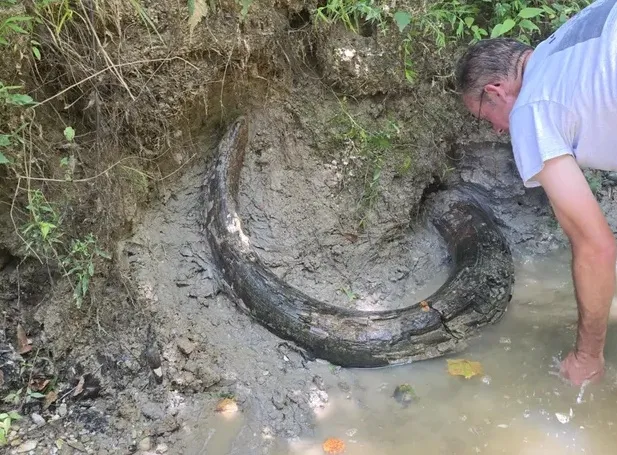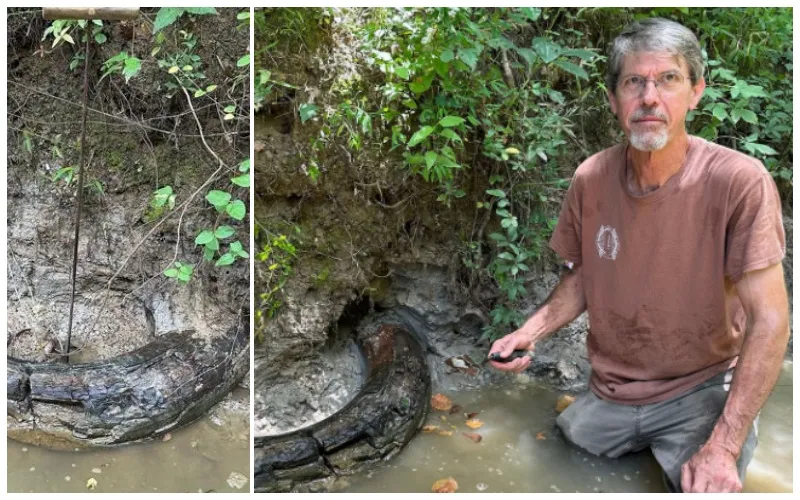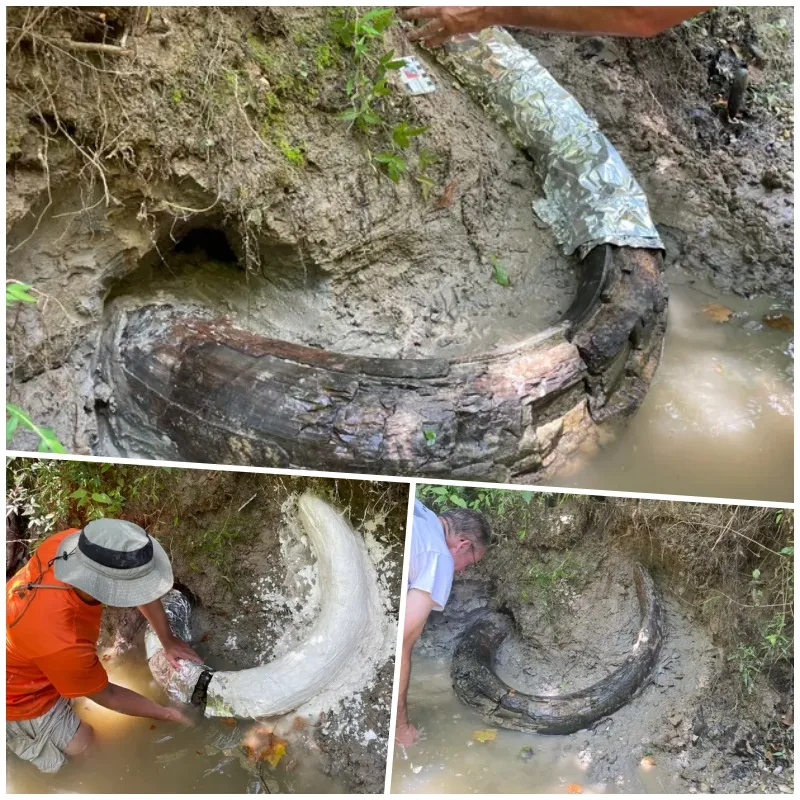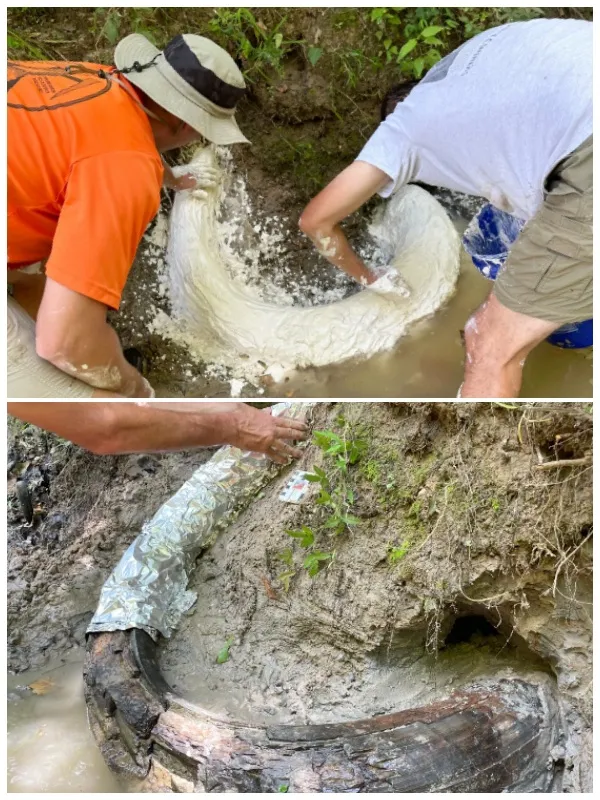Rare Columbian Mammoth Tusk Found in Mississippi: A Historic Discovery

Rare Columbian Mammoth Tusk Found in Mississippi: A Historic Discovery
A remarkable paleontological find has emerged from Madison County, Mississippi, where a local man has uncovered the first giant mammoth tusk ever documented in the state. This significant discovery provides a unique glimpse into the prehistoric past of Mississippi and highlights the rarity of such finds.


Discovery and Significance
Eddie Templeton, an avid fossil hunter, stumbled upon the giant tusk while exploring creek beds in Madison County. Having previously discovered various fossils, including a petrified bone from a saber-toothed cat, Templeton recognized the tusk’s significance. Initially, he thought it might be a mastodon tusk, but upon further investigation, he learned it belonged to a Columbian mammoth, a much rarer species.
The tusk, which dates back approximately 10,000 to 20,000 years to the end of the Ice Age, is a monumental find due to the rarity of Columbian mammoths in Mississippi. These massive creatures were significantly larger than their woolly mammoth relatives, growing up to 15 feet tall and weighing over 10 tons. In contrast, woolly mammoths and mastodons, while still impressive, were generally smaller and more commonly found in the region.
Expert Reactions
James Starnes, state geologist, emphasized the tusk’s importance, stating, “For Mississippi, this is a pretty substantial find.” He noted that mammoth tusks are particularly rare because these animals were specialized for open grasslands, unlike mastodons, which adapted to a wider range of habitats. The preservation of mammoth tusks is also more challenging, adding to the tusk’s significance.
Jonathan Leard of the Mississippi Department of Environmental Quality and Starnes collaborated with Templeton to excavate the tusk, carefully encasing it in a protective plaster jacket. The tusk was subsequently transferred to the Mississippi Museum of Natural Science, where it was examined by paleontologist George Phillips.
Phillips confirmed that this tusk is the first officially documented Columbian mammoth tusk in Mississippi. He expressed anticipation for such a discovery, given the prevalence of mammoth teeth previously found in the state. “We knew one would show up sooner or later,” Phillips remarked.

Preservation and Future Display
The tusk will undergo a meticulous preservation process at the Mississippi Museum of Natural Science. After drying, it will be treated with a specialized adhesive to ensure its long-term stability. While the tusk’s eventual public display is uncertain, the ongoing preservation work underscores the find’s historical and scientific value.
This discovery not only enriches our understanding of the prehistoric wildlife that once roamed Mississippi but also highlights the significance of local fossil hunting efforts. As research and preservation continue, the giant mammoth tusk will offer invaluable insights into the Ice Age fauna of the region and inspire further exploration of Mississippi’s ancient past.
The rare mammoth tusk, with its impressive size and historical importance, stands as a testament to the rich and often hidden history of Mississippi’s prehistoric era.



